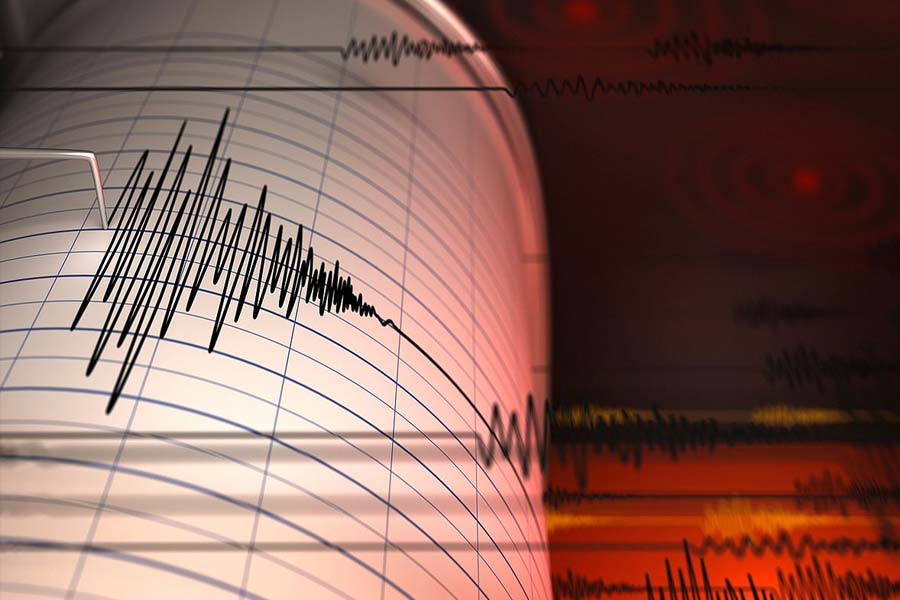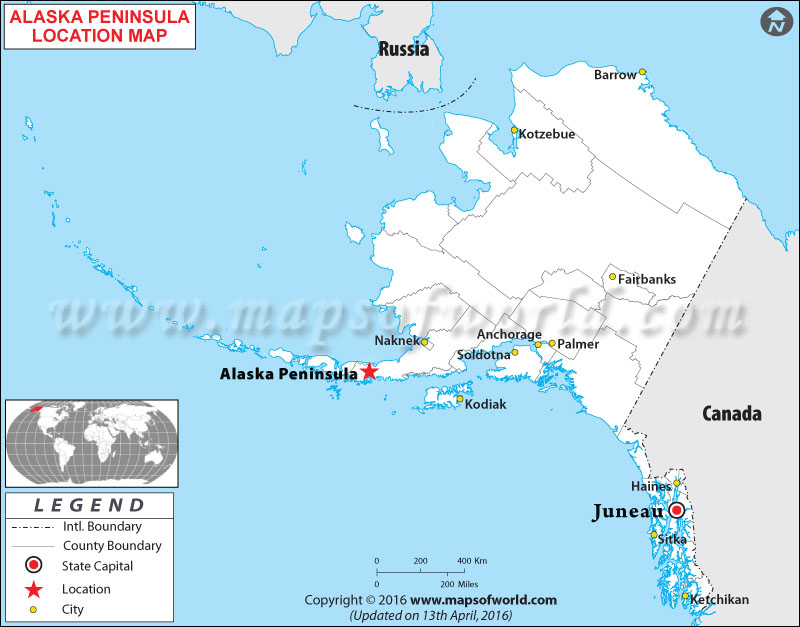Description

Disclaimer: Copyright infringement not intended.
Context
Earthquake event that occurred in the Alaska Peninsula region.
Details
- A powerful 7.2-magnitude earthquake struck the Alaska Peninsula region.
- The United States Geological Survey (USGS) reported the earthquake.
- A tsunami warning was initially issued after the earthquake.
- No immediate reports of casualties or damage were received.
Earthquake Details
- The offshore quake occurred off the Alaskan peninsula at a depth of 21 kilometers.
- The USGS revised the magnitude down from an initial reading of 7.4.
Impact
- Tremors were felt across the Alaskan Peninsula, the Aleutian Islands, and the Cook Inlet regions.
- A tsunami warning was issued following the earthquake.
Additional Information
- Shishaldin Volcano: The Alaska Volcano Observatory provided a threat notice for the Shishaldin volcano.
- Ash Plume: The volcano sent up a plume of ash on Saturday.
- Watch in Effect: A "watch" is currently in effect for the Shishaldin volcano.
About Alaska Peninsula

Disclaimer: Copyright infringement not intended.
- The Alaska Peninsula is a large landmass located in the southwestern part of the U.S. state of Alaska.
- It extends about 800 kilometers (500 miles) in a southeasterly direction from the mainland.
Geography and Location
- The Alaska Peninsula is characterized by rugged mountains, active volcanoes, fjords, and numerous lakes and rivers.
- Southwestern Alaska is situated in the southwestern region of Alaska, separating the Pacific Ocean from the Bering Sea.
- The Aleutian Range, a mountain range with peaks exceeding 3,000 meters (9,800 feet), runs along the length of the peninsula.
Volcanoes and Geothermal Activity
- The Alaska Peninsula is home to several active volcanoes, including Mount Pavlof, Mount Katmai, and Shishaldin Volcano.
- These volcanoes have had significant eruptions in the past, resulting in the release of volcanic ash and gases into the atmosphere.
- The geothermal activity in the region provides potential for geothermal energy production.
Biodiversity and Wildlife
- The Alaska Peninsula supports a variety of ecosystems, including tundra, boreal forests, wetlands, and coastal areas.
- It serves as a crucial habitat for a wide range of wildlife, including brown bears, caribou, moose, wolves, salmon, and various bird species.
- The peninsula is home to Katmai National Park and Preserve, known for its pristine wilderness and iconic brown bears fishing for salmon in Brooks Falls.
Human Settlements and Indigenous Culture
- The Alaska Peninsula has a rich indigenous heritage, with communities belonging to the Alutiiq, Aleut, and other Native Alaskan groups.
- Many communities along the peninsula rely on fishing and subsistence activities for their livelihoods.
- The region has a relatively low population density, with small towns and villages scattered across the peninsula.
Importance for Recreation and Tourism
- The Alaska Peninsula offers abundant opportunities for outdoor activities such as hiking, fishing, wildlife viewing, and birdwatching.
- Its remote and untouched landscapes attract adventurers and nature enthusiasts seeking a true wilderness experience.
- The presence of diverse wildlife and pristine natural environments makes the Alaska Peninsula an important destination for ecotourism.
|
PRACTICE QUESTION
Q) Which of the following statements about the Alaska Peninsula is true?
A) It is located in the northeastern part of the U.S. state of Alaska.
B) It has a dense population with large cities and urban areas.
C) It is the site of several active volcanoes, including Mount Katmai and Mount Redoubt.
D) It is known for its flat, barren landscape without any significant geographical features.
Answer: C
|

https://www.telegraphindia.com/world/magnitude-7-4-quake-hits-alaska-peninsula-tsunami-warning-issued/cid/1952447












